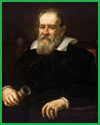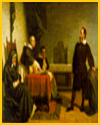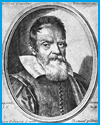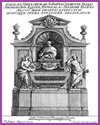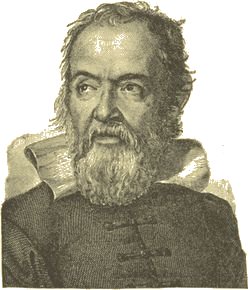 Galileo Galilei, born on February 15, 1564, in Pisa, Italy, was a pioneering scientist who made significant contributions to astronomy, physics, and the scientific method. Often referred to as the "father of modern observational astronomy," Galileo's work laid the foundation for numerous advancements in science.
Galileo Galilei, born on February 15, 1564, in Pisa, Italy, was a pioneering scientist who made significant contributions to astronomy, physics, and the scientific method. Often referred to as the "father of modern observational astronomy," Galileo's work laid the foundation for numerous advancements in science.
Galileo's early education was initially focused on medicine, but he soon switched to mathematics and natural philosophy. His first major scientific contribution was the improvement of the telescope. In 1609, he built a more powerful version of the device, which allowed him to make groundbreaking astronomical discoveries. Galileo's observations of the moon's surface revealed it was not smooth, as previously thought, but covered with craters and mountains. He also discovered four moons orbiting Jupiter, which challenged the prevailing geocentric model of the universe that placed Earth at the center.
Galileo's support for the heliocentric theory of Copernicus, which posited that the Earth and other planets revolved around the Sun, brought him into conflict with the Catholic Church. His 1632 publication, Dialogue Concerning the Two Chief World Systems, defended heliocentrism and led to his trial by the Roman Inquisition. In 1633, Galileo was found "vehemently suspect of heresy" and forced to recant his views. He spent the remainder of his life under house arrest, continuing his scientific work in relative obscurity.
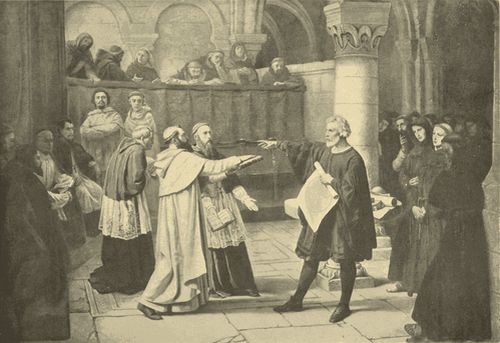 Despite the controversy, Galileo's contributions to science were immense. He formulated the laws of motion that laid the groundwork for classical mechanics, and his method of systematic observation and experimentation became a cornerstone of the scientific method. Galileo's use of mathematics to describe natural phenomena also marked a significant shift in scientific thinking.
Despite the controversy, Galileo's contributions to science were immense. He formulated the laws of motion that laid the groundwork for classical mechanics, and his method of systematic observation and experimentation became a cornerstone of the scientific method. Galileo's use of mathematics to describe natural phenomena also marked a significant shift in scientific thinking.
Galileo Galilei died on January 8, 1642, but his legacy endures as a symbol of the pursuit of knowledge and the courage to challenge established beliefs. His work not only advanced our understanding of the cosmos but also transformed the methodologies of scientific inquiry, making him one of the most influential figures in the history of science.
|
 Galileo Galilei, born on February 15, 1564, in Pisa, Italy, was a pioneering scientist who made significant contributions to astronomy, physics, and the scientific method. Often referred to as the "father of modern observational astronomy," Galileo's work laid the foundation for numerous advancements in science.
Galileo Galilei, born on February 15, 1564, in Pisa, Italy, was a pioneering scientist who made significant contributions to astronomy, physics, and the scientific method. Often referred to as the "father of modern observational astronomy," Galileo's work laid the foundation for numerous advancements in science.
 Despite the controversy, Galileo's contributions to science were immense. He formulated the laws of motion that laid the groundwork for classical mechanics, and his method of systematic observation and experimentation became a cornerstone of the scientific method. Galileo's use of mathematics to describe natural phenomena also marked a significant shift in scientific thinking.
Despite the controversy, Galileo's contributions to science were immense. He formulated the laws of motion that laid the groundwork for classical mechanics, and his method of systematic observation and experimentation became a cornerstone of the scientific method. Galileo's use of mathematics to describe natural phenomena also marked a significant shift in scientific thinking.
